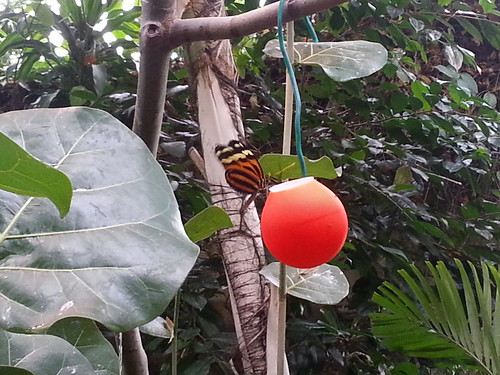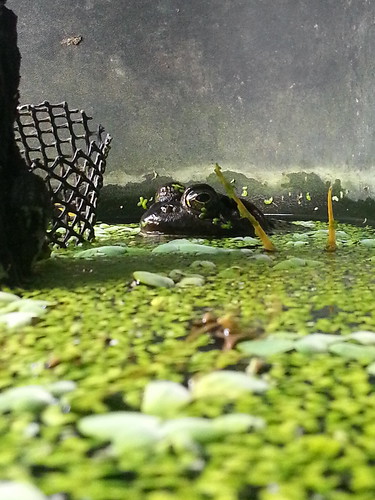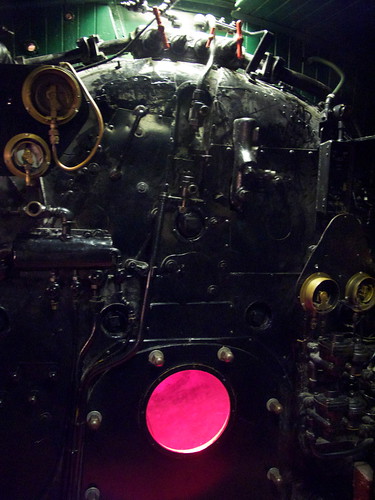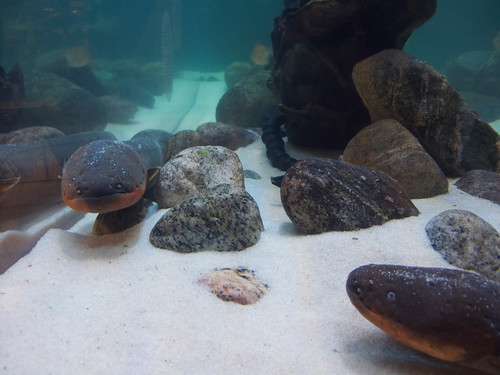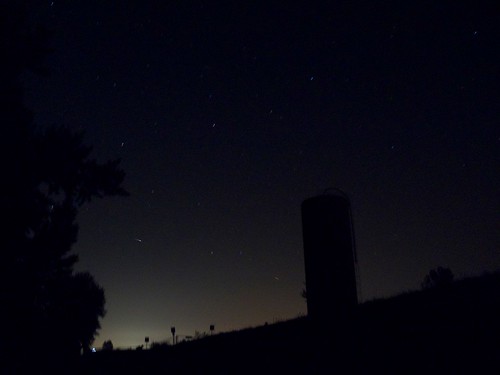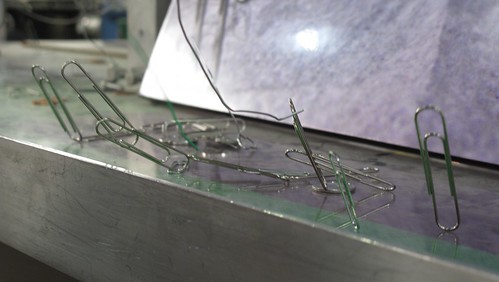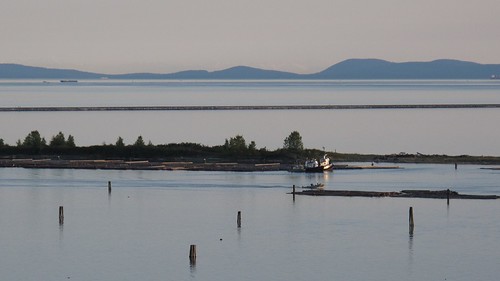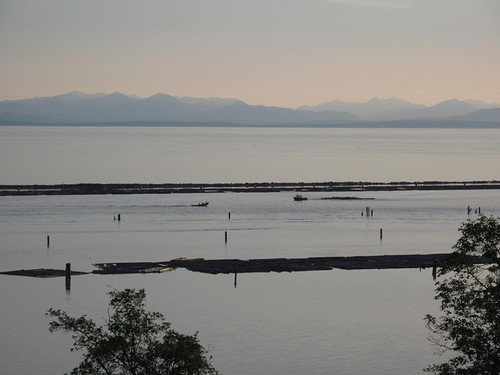Christine Shellska
A very short and not especially engaging talk about using rhetoric as a tool to advance skepticism. It was mostly a how-to on how to construct an argument, a list of logical fallacies and whatnot.
But then it was followed by a pleasant little song about hypothenuses, so that was all right.
Margaret Downey
Margaret Downey, the founder of the Freethought Society spoke about “journey stories.” Essentially, coming out. I know all about coming out stories, and yes, I know how valuable they are. Sharing your life in writing, or in conversation, will create connections with your audience, let them know they’re not alone.
It started out as general advice: what to include, how to present and structure it… I wasn’t too grabbed. But then, she shared her own journey.
It’s a story of growing up amongst ignorance and bigotry—a sickly child, taken to an Oral Roberts revival for healing and almost dying of an asthma attack from the heat and cigarette smoke; seeing her fine Southern neighbours treating her Black half-sister like crap and knowing even then that it was wrong.
It’s a story of abandonment: her father left their family when she was young, and never sent money back or even made contact. The god that people was as silent as her father, so she started feeling that He started seeing was as absent as him too.
But she survived, and grew stronger through adversity. From tricking tricking gullible relatives during seances to suing the Boy Scouts of America for kicking her son out because he came from a nontheist home, to making trouble for arrogant Catholic priests, hers is a fun and inspiring story.
Seth Andrews
I think I remember Seth Andrews from a past INR… and today, we’re learning all about Christian Rock. He himself started out as a Xian entertainer as a young age, essentially used by his family as a recruitment tool. Xian Rock folks in the 70’s and 80’s were desperate to be taken seriously by youth, so they emulated the hair bands of the time—and you ended up with bands like Stryper, who got their name from Isaiah 53:5 and sang about being “Soldiers Under God’s Command”. But it wasn’t just the hair bands, anyone big automatically had a Xian version. Sheena Easton, Cyndi Lauper, Enya—Wait, Enya, really? Yep. I guess she was too pagan-ish for some people’s tastes. That’s the thing about Xian pop music, they were always playing catch-up, desperatly trying to be cool and relevant to grab the kids’ attention. They couldn’t even be bothered to create a charity supergroup on their own, We Are The World did it first (well, first in North America). So of course, a Christian response sprang up.
It’s not just music, though: there are Christian versions of Dungeons & Dragons, Magic: the Gathering (with a lot of Biblical characters, it looks like), YouTube, even Facebook. Not to mention the ripping off of logos and trends like Hunger Games. Apparently $5.6 billions’ worth of Xian-branded ripoff products circulate annually, the IP owners either unaware, or afraid of doing anything for fear of being called anti-faith.
What’s the point of all this? It’s to cordon people (especially young people) off so they don’t wander off into mainstream culture, where they could be exposed to sin and naughtiness and conflicting viewpoints. And this isn’t new: Xians historically co-opted local holidays like Hallowe’en and various solstice celebrations, or local holy spots to build churches.
In the end, Seth opines, culture is how Xianity will survive, not as dogma but as fads & fashions. I can sort of see it now, I know a couple of people with Xian-themed tattoos—crosses and angels and whatnot—who aren’t themselves Christians.
Damn entertaining talk, though it’s sad that so many people are trapped in such a cultural wasteland.
Keynote: Eugenie Scott
Eugenie Scott is the former (as of 2013) Executive Director of the National Center for Science Education. Among many other things, the NCSE was involved in the Kitzmiller v. Dover trial, serving as consultant to the plaintiffs. The topic of Dr. Scott’s talk was Why do people reject good science?, focusing specifically on two scientific topics: evolution and anthropogenic climate change.
She started out by bringing up the fact that there is a whole spectrum of opinions in the public: Some believe that nothing evolves, ever. Others, that the physical universe evolves, but not living things. Or that living things evolve, but not humans. There’s a similar range when dealing with climate change, regarding how much change is really happening, who’s responsible, and what we can (or should) do about it.
The big sticking point is usually the consequences of evolution or climate change with people’s particular beliefs. If evolution is true, there’s no heaven, no god, etc… and we lose big.
If climate change is true, it’ll be socialism and government intervention.
There are three “pillars of rejection”: science, ideology, and culture. The first is simple, and it’s all about questioning the science, sowing doubt, and cherry-picking data. Tobacco companies have been doing it for decades.
Ideology is about being part of an in-group. For evolution, it’s being a conservative Christian. However, for global warming the in-group is political conservatives—a distinct group, though there’s a lot of overlap—who hold a strong belief in capitalism, small government, etc… Also libertarians, though in practice I’m really not clear on the distinction.
Culture is a much broader topic, but I guess it can cover any meme that helps blur the line between bad science and bad, but isn’t overtly questioning the science or propping up the ideology: a good example is those “academic freedom” bills that are in fact only used to restrict the teaching of evolution and more recently climate change. Dr. Scott made the excellent point that underneath their pretty rhethoric they blur the line between the role of students and scientists. Normally scientific ideas get tested, then accepted, then eventually trickle down to schools. But anti-creationists and climate-change deniers want ideas to go to the schools right away, without testing, thus bypassing the hard work of actual scientists.
She concludes that the science is necessary, but not sufficient. Denial comes from ideology and culture, and those can’t be changed so easily. Deniers, in addition to thinking of the questions in very black-and-white terms, usually also see them as a zero-sum game: they have to give up something if “the other guy” wins.
For a message to be more easily accepted, the consequences can’t be too bad, and the bearer has to be someone they trust. Therefore it’s important to build connections with open-minded political moderates and conservatives, as well as evolution-accepting Christians, so that they in turn can connect to members of their groups.
That caused a fair amount of discussion afterwards amongst my friends. On the one hand, it can seem like ignoring freethinker groups who do a lot of the dirty work of stopping bullshit from spreading. But on the other hand, I think it’s a very necessary pragmatic move because the NCSE’s mandate is not to spread atheism, but to support science education. Mind you, a lot of that will involve going against fundamentalists, but for that we need religious allies to talk the talk and swell our numbers. Atheists alone won’t cut it.
One way to see it is like the queer rights movement. It’s well-known through surveys[citation needed] that one tends to be much more supportive of queer rights if one has a queer friend or loved one, no matter what your original view or ideology. And the movement, then and now, needs the support of those straight & cis allies otherwise it really couldn’t go very far.


